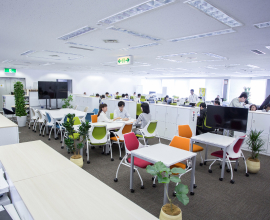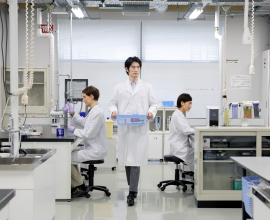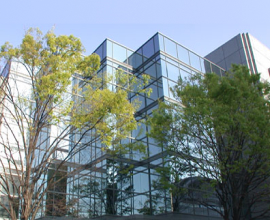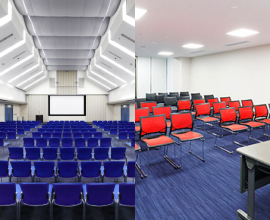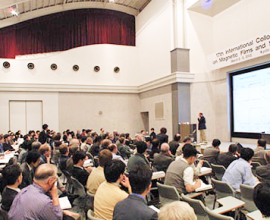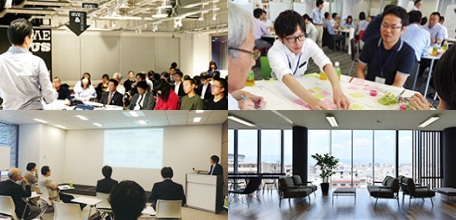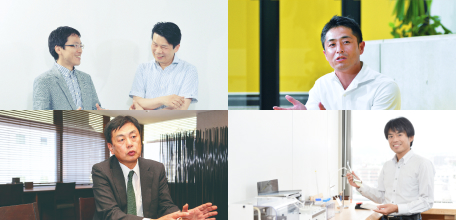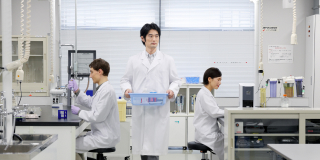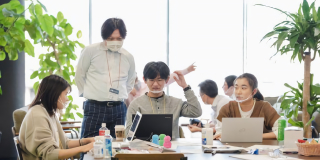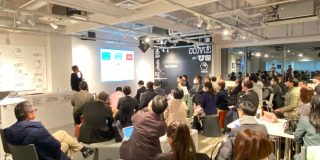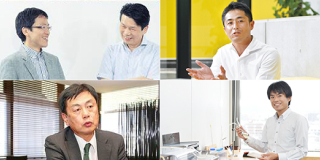2017/10/17(火)
Drug Discovery based on Glycan Technology
Hirofumi Ochiai, Manager, Research & Development, GlyTech, Inc.
GlyTech aims to develop biopharmaceuticals using technology for manufacturing human-type sugar chains and glycosylation technology. Peptides and proteins play a key role in the development of biopharmaceuticals. However, there are technical issues that still need to be addressed, such as poor water-solubility, short half-life, and complicated QC. An important element in resolving these issues is sugar chains. Our company manufactures innovative biopharmaceuticals using chemical sugar chain modification methods.
We possess the technology to mass-produce N-glycans (ca. 10 kg scale), and to synthesize any homogeneous glycoprotein or glycopeptide by chemical glycosylation. With these technologies, we have successfully chemically synthesized homogeneous interferon β. In addition, multiple-glycosylation of this interferon β improves its antitumor effects and prolongs its therapeutic efficacy. We have also been successful in improving the functions of not only proteins but also peptides (somatostatins) by glycosylation. Our aim is to have our glycosylation technology used by researchers engaged in developing innovative biopharmaceuticals, as a tool to improve the functions of peptides and proteins.
[Mentors' comments]
"The technology has huge potential in the biopharmaceutical field." Dong Wu, Johnson & Johnson INNOVATION
"It is desirable to first focus on a certain chemical to prove that this technology functions well, before dealing with another chemical product." Craig Garner, SPARK Berlin

[Speaker Profile]
Hirofumi Ochiai received his Ph.D. from Kyoto University in 2005. After postdoctoral research at Konan University and the University of Maryland School of Medicine, he moved to Otsuka Chemical Co., Ltd. in 2009. In 2013 he joined GlyTech, Inc., where he has been working as a researcher.
GlyTech, Inc. website: http://www.glytech.jp/en/


